We all want six-pack abs to show off our toned and toned bodies. However, getting abs is not just a matter of losing body fat through aerobic exercise. We need to maintain a normal body fat percentage and then strengthen our core muscles to get a healthy abdominal shape.
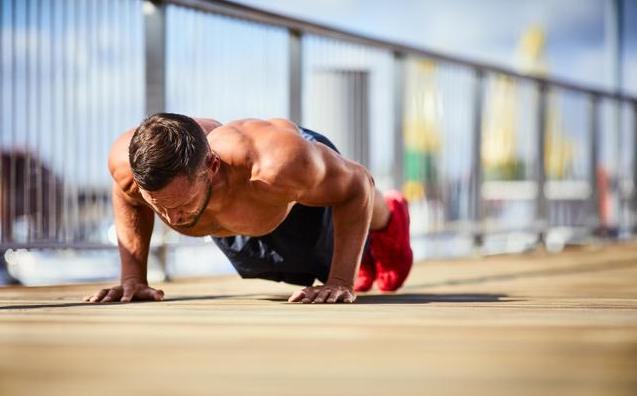
So what do your core muscles do?
Quite simply, the core muscles should support the spine to maintain stability. Therefore, the best core movements should be designed to prevent unwanted movements of the spine, such as body flexion and body rotation.
I am sure most of you are familiar with plank supports, which we do to prevent the spine from extending or bending backwards. Lateral plank supports help prevent lateral flexion and hard pulls help prevent body flexion. So what movements prevent rotation?

What is a counter-rotation movement?
In the past, rotational crunches and Russian twists were used to train the obliques, but we now know that these types of exercises are more damaging to the spine and are being used less and less. Counter-rotation exercises should prevent your spine from rotating or twisting, which is particularly important for lower back health.
It is important to note that each person's body is not built very differently and your lumbar spine (the base of your spine) is not designed for movement. There is only 0 to 2 degrees of rotation in each segment, and only 13 degrees in total.
In contrast, your thoracic spine (the middle of your spine) needs to be trained for mobility as it allows up to 70 degrees of rotation, 6 to 9 degrees per segment.
Incredible? Stand with your feet shoulder-width apart and place your hands on your hips. Now try to rotate through your lower back without letting your hips move. It's not as easy as you might think, just try it and see. Take a look at the other movements to see why some are easier to injure and what works better and avoids injury.
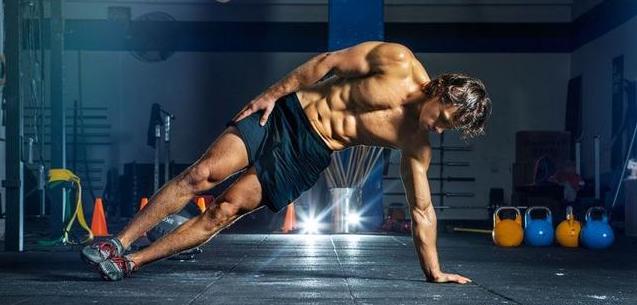
Anti-rotation exercise 1: Kneeling anti-rotation
The kneeling anti-rotation is one of the first anti-rotation movements that many fitness instructors teach beginners, as it is very easy to do, but very challenging for all.
There are many ways to do anti-rotation movements (e.g. half-kneeling, standing, supine, etc.), but the one recommended is the high kneeling position as it forces you to engage your gluteus maximus to maintain a higher position.
Movement instructions
Stand 30 cm outside the pulley machine to allow for tension on the rope. The pulley is in the middle position.
With abdominals tight, chest straight and shoulders back, slowly control the rope away from your body, keeping it at the same height as your sternum, until your elbows are almost locked. Pause for 2-3 seconds and return to start.
Then return to the start and repeat 15 times. Keep your focus on your core and the movement you are controlling.
It is found that many of our partners often use too much weight in this exercise, which can lead to unnecessary injury. Just keep the weight moderate, concentrate on your breathing and keep your abdominals tight.
Note: You can also hold the 'outward' position for 10 seconds for 5-8 repetitions for a greater challenge, it is not recommended to go too heavy and can be done for longer periods.
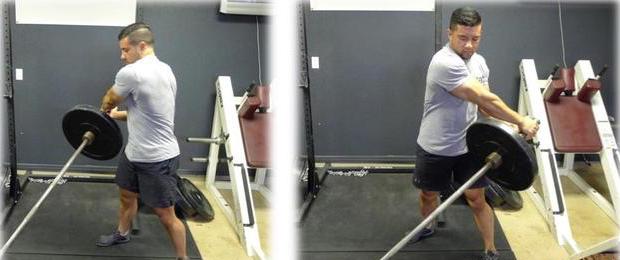
Anti-rotation exercise 2: Half-kneeling push and pull
This is another fantastic anti-rotational core exercise, but one that many people do wrong. The purpose of this movement is not to push and pull, but to prevent any unwanted movement of the core while pushing and pulling.
The half-kneeling push-pull takes some movement practice, but the end result is worth it. Once you've practiced it a few times, you've got the hang of it.
Just like the kneeling anti-rotation, this movement can be performed in different positions. The recommended height is at half-kneeling because it makes the hips more stable so you can focus on the strength of your core.
Movement instructions
Attach the 2 D-handles to the pulley machine. Note: Set the pulley at a height between your chest and shoulders so that it is at a suitable height for you to rotate. Simply put, one hand is pushing and one hand is pulling.
Grasp both handles and place your back arm in your armpit and your forearm forward. You may need to adjust the angle a little to accommodate the movement.
Push and pull at the same time to prevent any movement of the lower back. It is OK if there is a little rotation in the upper spine, but limit it as much as possible.
Make sure the abdominals and gluteus maximus remain active to better complement the core muscles.
Repeat 12-15 times, then switch sides and legs.
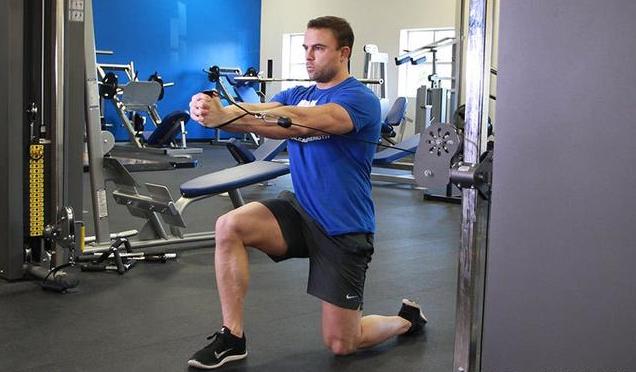
Counter Rotation Exercise 3: Single Arm Dumbbell Bench Press
This is a very difficult movement and one that is rarely practised by beginners, more often used by fitness instructors because it is simply not possible to complete a one-arm bench press with half the weight of a two-handed bench press. One arm is placed on the bench as a way of stimulating the core, preventing the spine from rotating and also preventing the body from falling off the bench. Many fitness people like to bench press with large weights, and doing it with such light weights is only possible for those who understand the benefits of this movement.
Not only is this an effective movement to challenge your core, pecs, shoulders and triceps, but it also helps to address muscle imbalances and asymmetries, which should make it one of your main movements.
Movement instruction
Do the one arm bench press in the same position you would normally do the dumbbell bench press. Be sure to bring your shoulder blades inward to ensure stability in the bench press.
Keep the dumbbell neutral (palms facing in) or tilt the dumbbell at 45 degrees as it will allow the upper arm to fit the shoulder better and make it easier to balance.
Keep your abdominals tight and your feet on the floor with your hips resting on the bench. Then control the dumbbells back to the starting position, making sure the shoulder blades remain inward and tense.
Note: When you switch to the other hand, make sure to keep the dumbbell in front of your chest, or at least keep it close to your chest. Never swap dumbbells in the extended position! This is the time when dumbbells tend to fall off, so be sure to be careful.
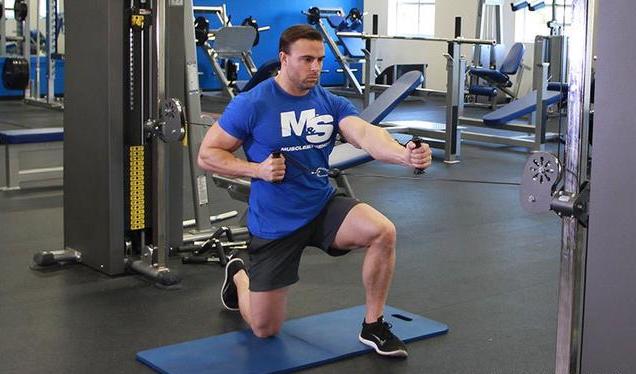
Anti-rotation move 4: Dumbbell row
If you've ever done a heavy weight dumbbell row, then you know it can be quite demanding on your core. Any single-arm row is great for training anti-rotation, but the three-point row is especially good for igniting your core if done correctly!
Movement instruction
Take a step back towards the bench, squat slightly deeper, then lean forward with one hand on the bench. Place the dumbbells on the floor before starting.
Grab the dumbbells from the floor and make sure your spine is not overly flexed or counter-arched before you begin. Find neutral position.
Squeeze your shoulder blades towards your spine as you row, then slowly lower the dumbbells with control.
Note: Be sure to prevent rotation of the torso and hips.

Anti-rotation exercise5: standing rope anti-rotation splits
This is another effective movement to prevent movement through the spine as you lift heavy objects. Because you are in a standing position, it also challenges the stability of your body's hips.
Movement instruction
Stand at the rope machine with your feet wider than shoulder width apart, hips back and chest high.
Grab a rope at chest height, hold it with a positive handshake, cross your arms and rotate your body, then return to the starting point and repeat 12-15 times. Too much weight is not recommended, especially if you are new to this movement.
Be sure to prevent any movement of the hips and lower back. If your hips are too unstable, widen your stance or lower the weight.

Popular Articles
-
The world's top ten hardy tree species

Photos
-
 The world's most dinosaur-like lizards: Armadillo ring-tailed lizards
The world's most dinosaur-like lizards: Armadillo ring-tailed lizardsJan 30, 2025
-
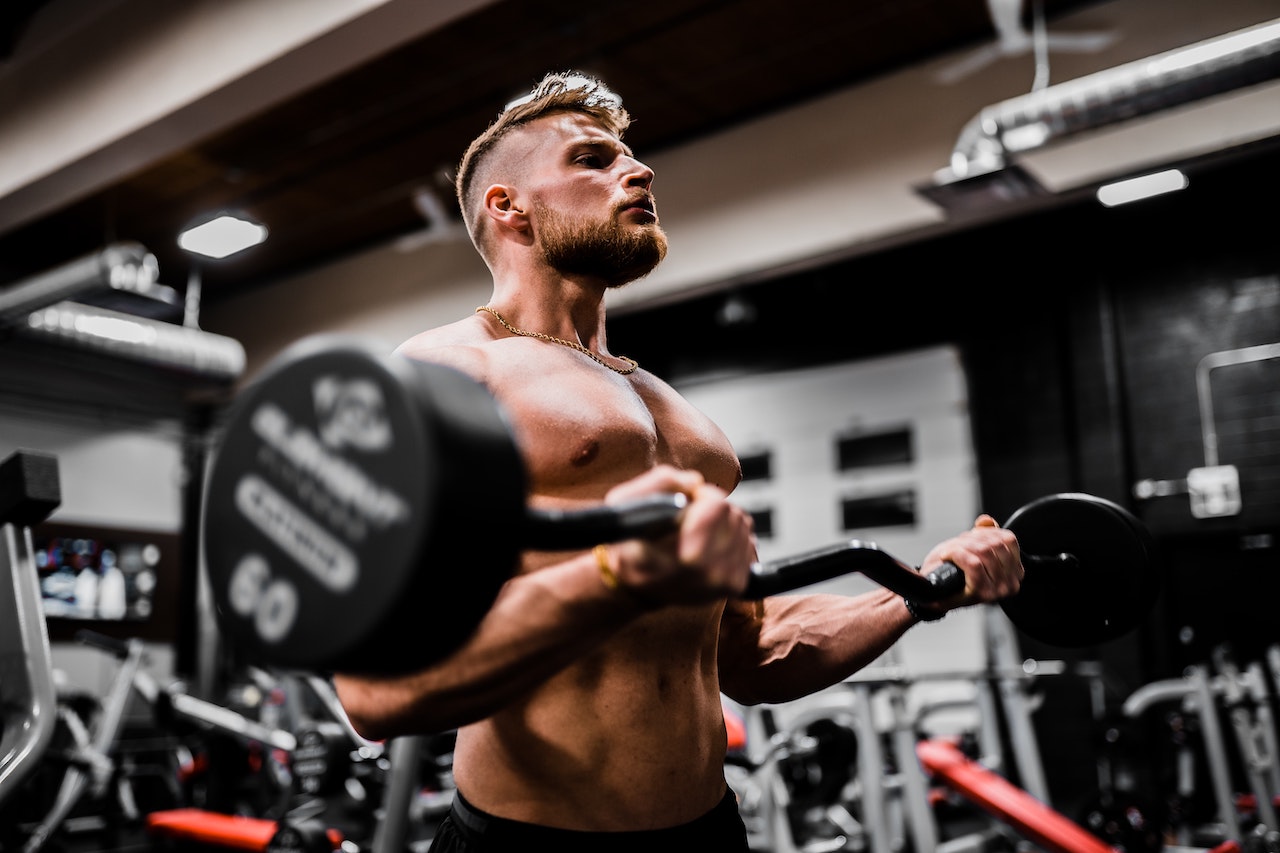 Weight loss does not mean a better body, a set of strength training, to help you train a tight and good body
Weight loss does not mean a better body, a set of strength training, to help you train a tight and good bodyJan 30, 2025
-

Photos
The world's most beautiful big cities at nightJan 30, 2025
-
 Purple Potato and Yam Rolls
Purple Potato and Yam RollsJan 30, 2025
-
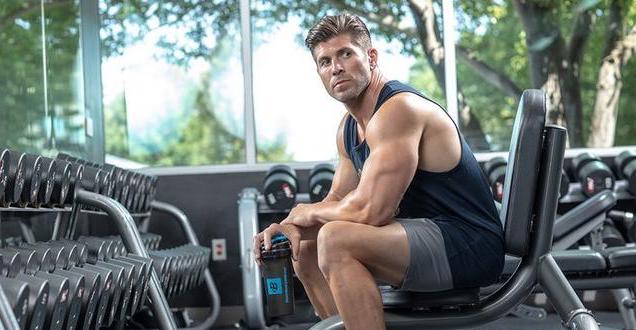 They say other people's muscles grow fast and look good! Do you know all these methods?
They say other people's muscles grow fast and look good! Do you know all these methods?Jan 30, 2025







Comments
0